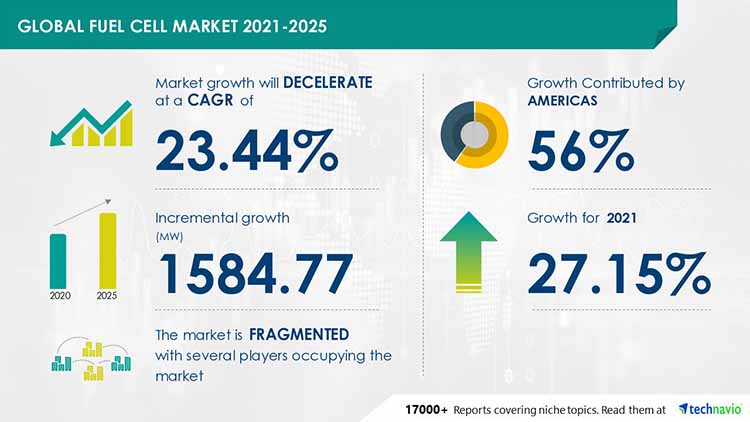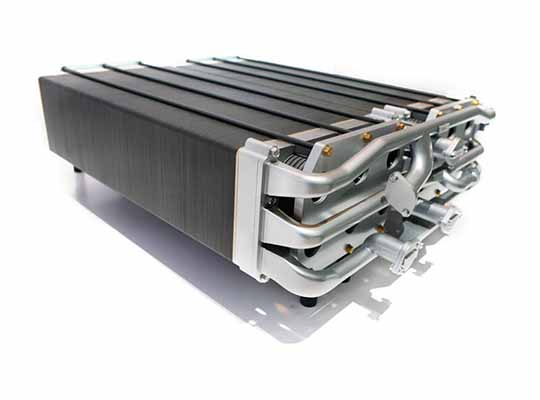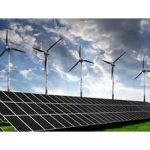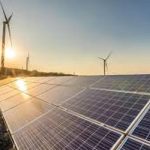NEW YORK : The latest market analysis report titled Fuel Cell Market by Product, Application, and Geography – Forecast and Analysis 2021-2025 has been recently added to Technavio’s catalog. The report predicts the market to witness a decelerating growth momentum at a CAGR of 23.44%. Technavio categorizes the global fuel cell market as a part of the global renewable electricity market. Our report provides extensive information on the value chain analysis for the fuel cell market, which vendors can leverage to gain a competitive advantage during the forecast period. The data available in our value chain analysis segment can help vendors drive costs and enhance customer services during the forecast period.

“Some of the primary growth drivers for this market is the growing demand for efficient and clean energy sources, growing government incentives to increase adoption of fuel cell vehicles, and rising environmental benefits,” says a senior analyst for the utilities industry at Technavio. Another key factor driving the fuel cell market growth is the increasing R&D activities. Systems that use fuel cells have higher upfront costs than other alternative technologies. Hence, capital cost forms one of the critical factors for product selection, which might hinder the adoption of fuel cell systems. With a decline in costs, adoption will increase. This will further encourage vendors to invest in R&D. Thus, increasing R&D activities will make fuel cell and hydrogen technologies more attractive and feasible, which will increase the adoption of fuel cell technology and drive the growth of the market.
However, the high cost of the fuel cell is one of the key challenges hindering the fuel cell market growth. Though fuel cells have higher efficiency and environmental benefits, they were not fully commercialized. However, the cost is still a primary factor affecting the acceptance of the technology, as both a fuel cell system and its fuel are expensive when compared with alternative technologies such as gas generators and lithium-ion batteries. his huge price gap has made subsidies a necessity for fuel cells to stay competitive with other technologies. The subsidies lower the initial costs and increase the adoption of fuel cells. However, subsidies will gradually reduce, fueling the need for increased investments in technology that would help reduce the overall cost and support its adoption.
Fuel Cell Market Segment Highlights
- Furthermore, this report extensively covers fuel cell market segmentation by product (PEMFC, PAFC, SOFC, and others) and application (transport, stationary, and portable).
- A Proton Exchange Membrane Fuel Cells (PEMFC) uses a water-based and acidic polymer electrolyte, generally in the form of a thin, permeable sheet. PEMFCs have various advantages in these fuel cells, which include fast start-up time, low operating temperature, compactness, sustainable operations in high energy density, and low emissions.
- PEMFCs are preferred owing to their higher efficiency and reliability. As a result, governments are subsidizing fuel cell systems and making them eligible for feed-in tariffs. This is driving the installation of PEMFCs in the residential and commercial building sectors.
- Owing to economic growth, there has been significant growth in the energy demand from the transport sector. The transport sector accounted for around a quarter of the global primary energy consumption in 2020.
- Moreover, there has been significant growth in the adoption of road freight transport through trucks and vans, which has been increasing the share of diesel in oil-based road fuels. Hence, owing to the extensive use of petroleum products, there has been a significant rise in carbon dioxide (CO2) emissions from the transport sector.
Regional Analysis
- 56% of the market’s growth will originate from the Americas during the forecast period. The US is the key market for fuel cells in the Americas. Market growth in this region will be faster than the growth of the market in APAC regions.
- The high support from the federal government for the development and installation of fuel cells will facilitate the fuel cell market growth in the Americas over the forecast period.
- Japan, South Korea (Republic of Korea), China, and Germany are some of the key revenue-generating economies of the fuel cell market.
Vendor Insights:
- The fuel cell market is fragmented and the vendors are deploying growth strategies such as developing technologically advanced offerings to compete in the market. This statistical study of the fuel cell market encompasses successful business strategies deployed by the key vendors.
- The fuel cell market forecast report offers in-depth insights into key vendor profiles. The profiles include information on the production, sustainability, and prospects of the leading companies.
- To make the most of the opportunities and recover from post COVID-19 impact, market vendors should focus more on the growth prospects in the fast-growing segments, while maintaining their positions in the slow-growing segments.
- The research report offers information on several market vendors, including Aisin Corp, Ballard Power Systems Inc., Bloom Energy Corp., Doosan Corp., FuelCell Energy Inc., Fuji Electric Co. Ltd., Mitsubishi Heavy Industries Ltd., Plug Power Inc., PowerCell Sweden AB, and SFC Energy AG











